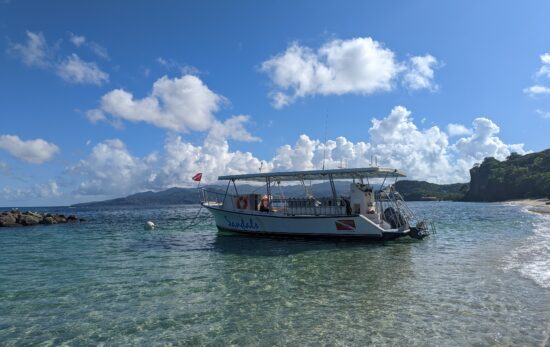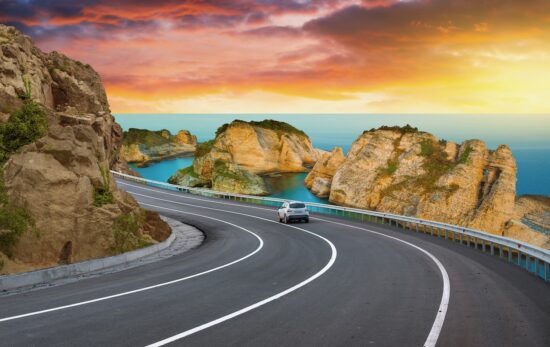Barcelona has long been one of the most popular cities for travelers to Europe. The Catalonian capital is home to modern cathedrals, mouthwatering cuisine and a cultural atmosphere that’s tough to beat. But did you know that Barcelona is also a fantastic scuba diving destination? Don’t believe us? Keep reading to find out more about scuba diving in Barcelona, including the best dive sites, day trips and more.
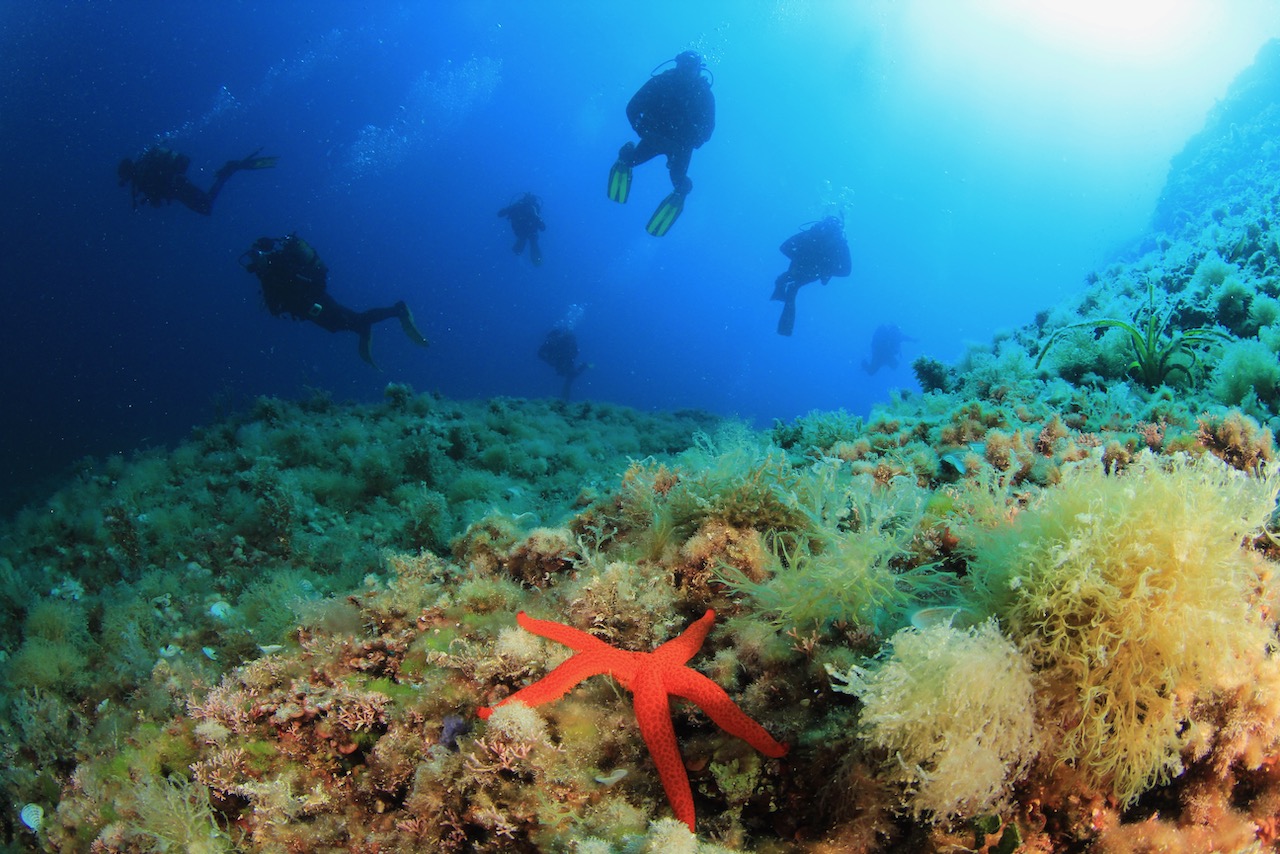
How To Find a Dive Shop in Barcelona
Most of Barcelona’s best dive sites are only accessible by boat. So, before you dive into Barcelona’s best dive sites, you’ll probably need to find a dive shop to book a trip. Luckily, there are two convenient ways to find the best dive shops in Barcelona.
- Dive Shop Locator – This nifty tool will show you all the PADI Dive Shops anywhere in the world. It also lists the shop hours, the languages spoken and the courses available.
- PADI Adventures™ – Available on the web or as an app (available on Google Play and the Apple App Store). PADI Adventures allows you to book your fun dives, courses and even snorkeling trips online.
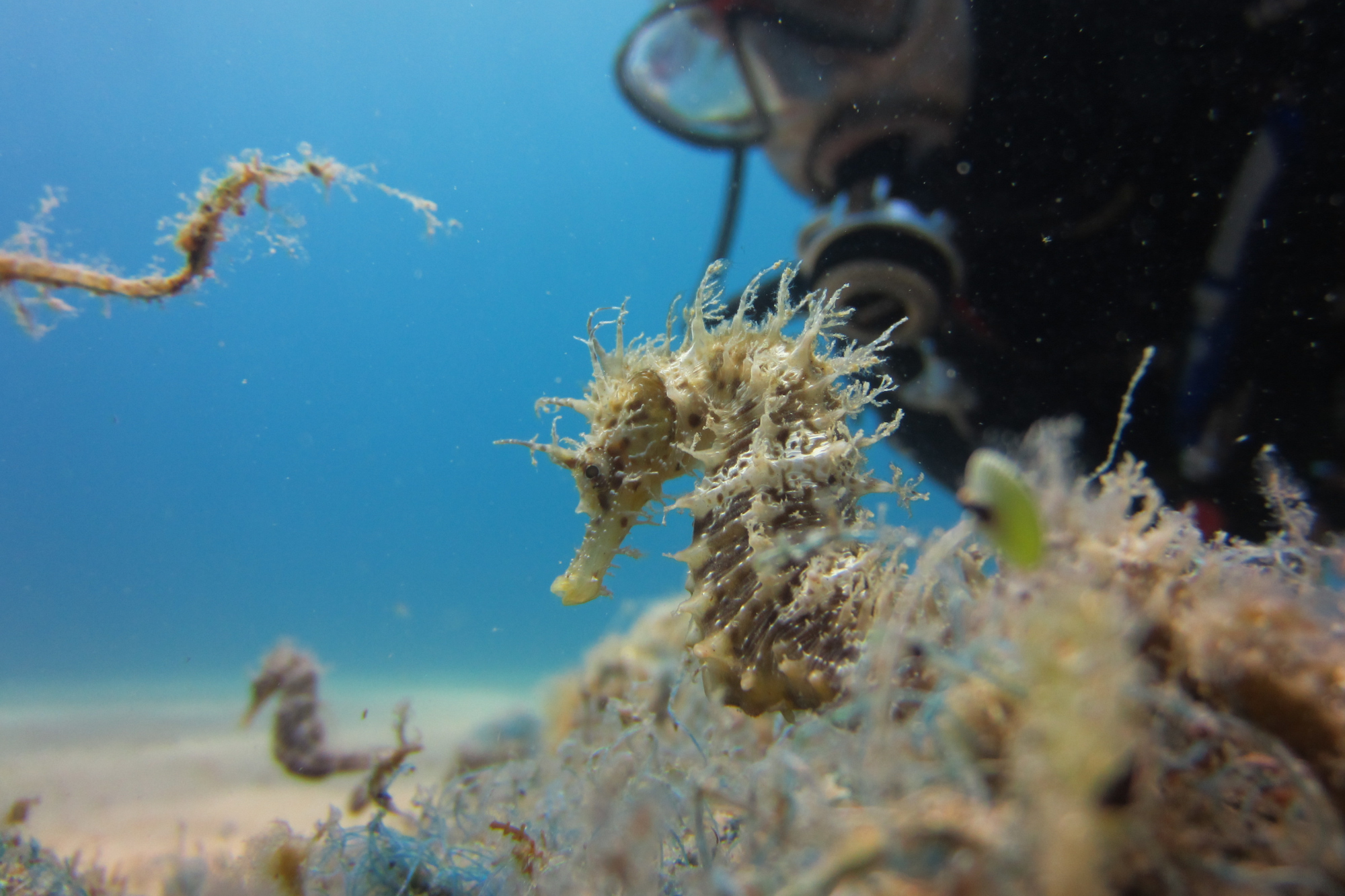
The Best Time To Dive in Barcelona
While you could go scuba diving in Barcelona year-round, many dive shops in the area take a few months off in the winter, when the air temperatures get a bit chilly. Therefore, March to December is generally considered the diving season in this area. The best time to dive in Barcelona is from July to September. But do bear in mind that during the peak holiday season, late July and August, tourists flood the region. This means that you will likely need to book ahead, especially in dive sites in Marine Protected Areas (MPAs) that limit the number of divers per day.
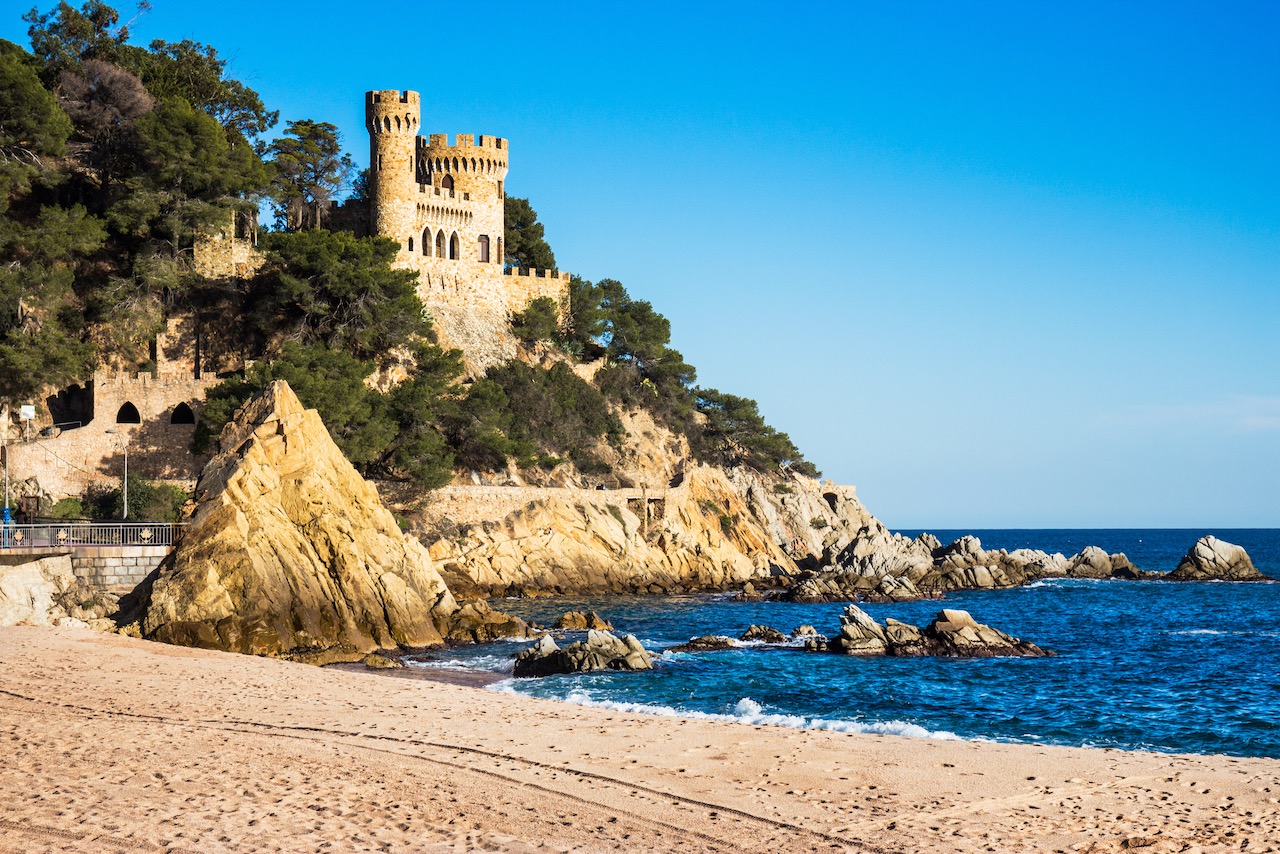
The Top Dive Sites in Barcelona
If you’re only in Barcelona for a short while, you’ll definitely want to check out the best sites for scuba diving in Barcelona. While diving within the city limits is possible, most dive shops make daily trips slightly north of the city and into the region known as Costa Brava.
All the dive sites listed below are within two hours of downtown Barcelona.
Roca Muladera, Lloret de Mar
About one hour north of Barcelona lies Lloret de Mar, one of the most frequented diving areas for divers living in the capital of Catalonia. While there are a variety of sites you can explore in this area, Roca Muladera is a favorite. The site is home to two seamounts with a channel running between them. The best part? The depths here range from 0 meters (0 feet) to 25 meters (82 feet). This makes it an excellent choice for all levels of divers, with a wide variety of underwater life to see.
Boreas Shipwreck in Palamòs
The Boreas shipwreck in Palamòs was sunk for the purpose of scuba diving back in the 1980s. Before that, Spanish customs officials had confiscated the ship, and it sat at anchor in the city’s harbor after its captain and crew were charged with drug trafficking. Today, it lies at 30 meters (100 feet), with the top of the wreck reaching 18 meters (60 feet). The Boreas is considered one of the best wreck dives in Catalonia and one of the best dive sites in the Barcelona region.
Ullastres, Calella de Palafrugell
Just north of Palamòs, Calella de Palafrugell is home to Ullastres, one of the best dive sites in Barcelona. Three underwater pinnacles are located just offshore and easily found thanks to an anchoring buoy attached to the highest part of the site. Their unique topography makes this site an underwater photographer’s dream. The north face of the formations is covered in bright red gorgonians.
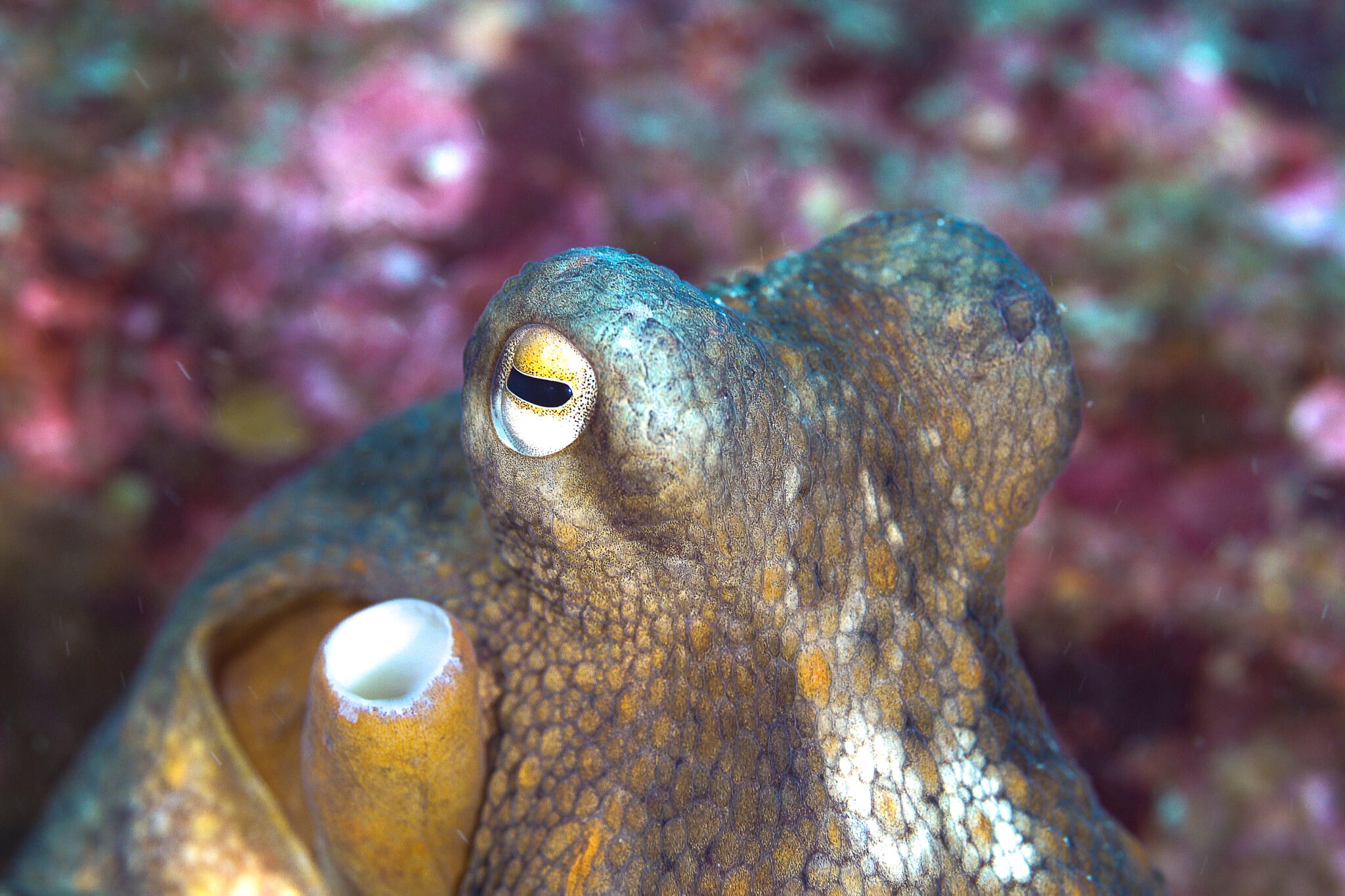
Illes Formigues, Calella de Palafrugell
Part of a small reserve off the coast of Calella de Palafrugell, Illes Formigues is full of life. These small islands only just break the surface, but underwater, there is plenty to explore, namely a series of canyons filled with gorgonians. Here, you might also find moray eels, a variety of nudibranchs and limpets, but underwater photographers will also love the way the light plays around the valleys of the canyons.
Dolphin Cave, Medes Islands, L’Estartit
The Medes Islands in Spain are often considered one of the best areas to go scuba diving in the entire country, and luckily for divers, they’re only an hour or so from downtown Barcelona. Of the dozen or so dive sites found here, Dolphin Cave is one of the most famous. This site features a swim-through, cathedral-like cave with an entrance at 8 meters (26 feet) deep and a wider exit at 15 meters (50 feet). The cave passes through part of Meda Petita, and the site gets its name from a dolphin statue inside the cave that divers love to photograph.
La Mar Menuda, Tossa de Mar
If you’re a fan of shore diving, you’ll love La Mar Menuda. As you dive in, you quickly reach a depth of around 12-15 meters (40-50 feet), although you can descend to depths of up to 32 meters (105 feet), making it perfect for Deep Divers. The site features several routes that stretch across a rocky bottom interspersed with stretches of sand, and this varied seascape is the perfect habitat for a wide range of sea creatures. You can find seahorses, barracudas, morays, John Dory, cuttlefish and many others. If you’re lucky, you might even spot sunfish in the right season. Plus, Mar Menuda is not only a great dive site during the day, but it’s also ideal for night diving.
La Dragonera wreck, Tarragona
This small merchant ship of about 65 meters (213 feet) in length is perfect for Wreck Divers. La Dragonera rests at a maximum depth of 23 meters (75 feet) on a sandy bottom. The wreck is split in several places, and divers can access the interior. This makes it perfect for wreck training. La Dragonera has been taken over by corals and sponges, creating a home for the numerous lobsters, rays, octopuses, conger eels, groupers, sea bream and many other fish that you can see here. And it’s not the only wreck in the marine reserve; there are several smaller wooden ships nearby.
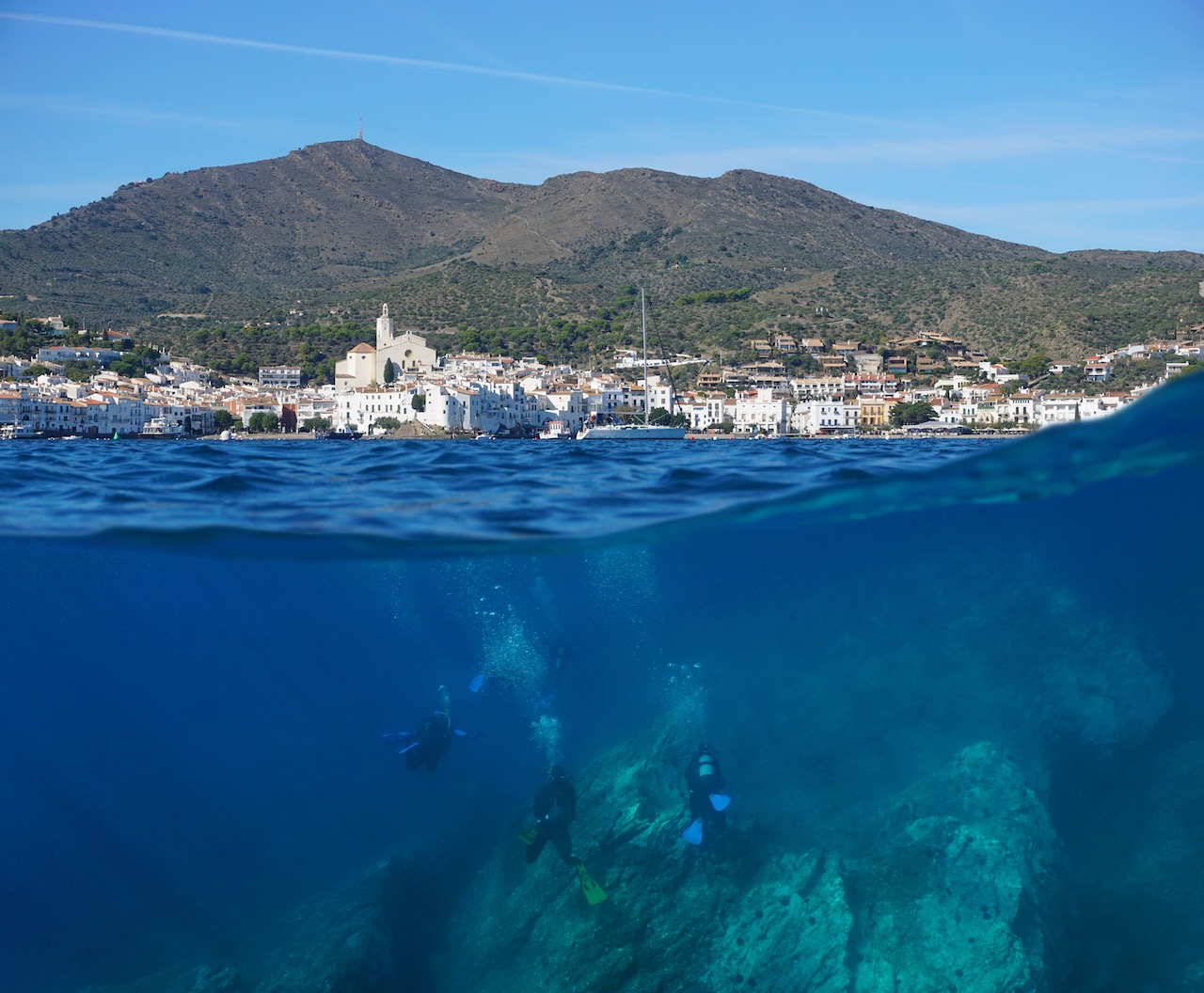
The Best Dive Day Trips From Barcelona
Slightly further afield from Barcelona, you’ll find even more diving worth exploring. If you have an extra day or two to explore Catalonia and its neighboring regions, be sure to check out these diving destinations.
Cap de Creus
This terrain-maritime natural park spans an impressive 13,866 hectares, meaning there are plenty of adventures to be found both above and below the surface. It’s also one of the most intact environments in the Mediterranean, making it a sought-after destination for divers all over Europe. Make sure you don’t miss the “El Gato” dive site, a fan-favorite covered in red gorgonians. Located on the Cap de Norfeu and with a maximum depth of 40 meters (130 feet), it’s suitable for all levels, although there can be strong currents. Enjoy seeing big groupers and large schools of fish. Expect to see thriving marine life without the crowds, no matter where you choose to dive around Cap de Creus.
Tarragona
South of Barcelona, you’ll find Tarragona, with a smattering of dive sites worth exploring. There are plenty of dive shops in the area to take you out to explore the clear waters filled with the typical Mediterranean players. You’ll find plenty of nudibranchs, eels and temperate fish life.
Balearic Islands
Just a ferry ride or short flight away, Ibiza, Menorca and Majorca are all major tourist hotspots. However, few people know that they’re also solid diving destinations in their own right. Enjoy the laidback island vibes that combine with warm waters and vibrant underwater life by planning a few days here. You can find dive shops scattered across the islands, making this a great dive travel destination.
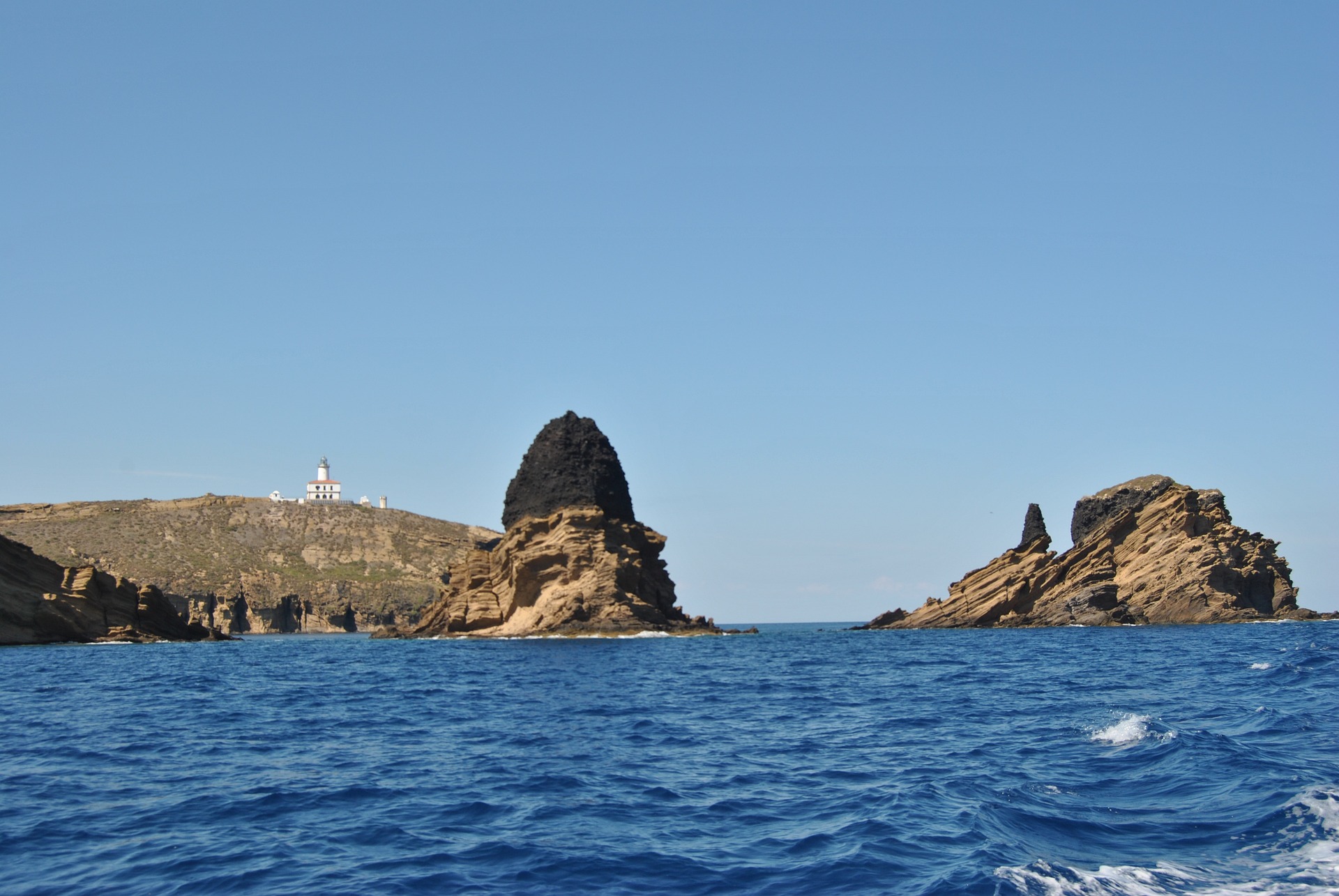
BONUS – The Best Weekend Diving Getaway From Barcelona
If you want a genuinely spectacular underwater experience, it’s worth making the trip to the Columbretes Islands, one of the first marine reserves in Spain. Located off the north coast of Valencia, this marine reserve consists of a group of small volcanic islands and is known for its diverse and exceptionally abundant marine life.
As an MPA, the park rules restrict diving here. They only allow access through dive centers that have previously requested authorization. When you moor, a park ranger checks the documentation for each diver, including dive certification, diving insurance and a logbook with a minimum of 25 dives.
The strict regulations help to protect the biodiversity here. That’s why everything you see in Columbretes seems much bigger than in any other local dive site. Everything is larger and more abundant here, from the groupers to the lobsters.
It’s a long sail from Barcelona, which is why many boats depart from cities further south, like Castellón. Most dive centers offer full weekend trips on sailboats or catamarans to maximize your diving time. Sailing to the islands is part of the overall experience; you might even spot dolphins or moonfish on the way.
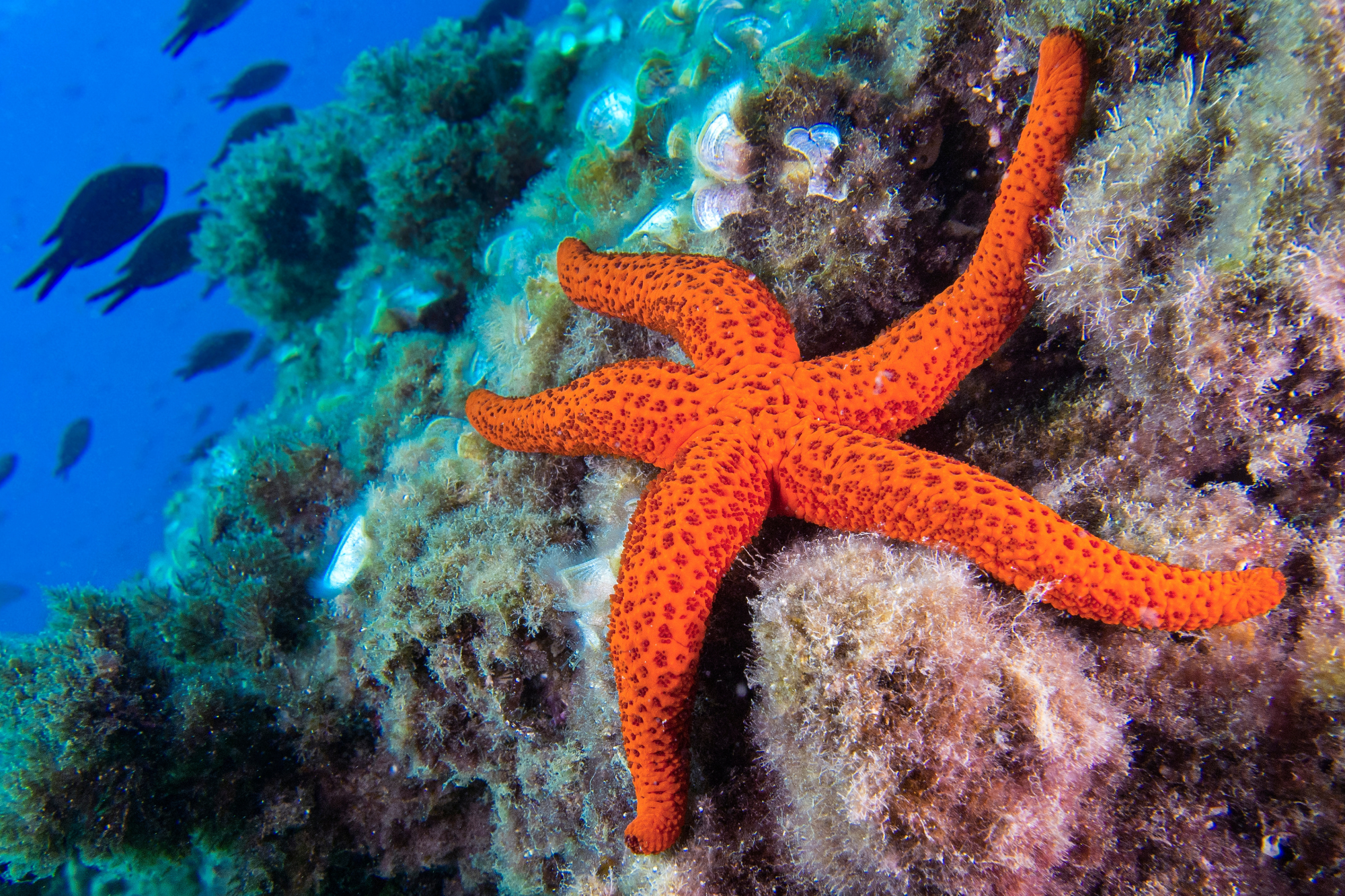
Ready To Discover What Barcelona Has To Offer?
It’s time to explore the underwater side of Spain’s most vibrant city. Once you’ve completed your Open Water Diver certification, contact PADI Travel or use the Dive Shop Locator or PADI Adventures app to turn your unforgettable dive trip in and around Barcelona into a reality.
